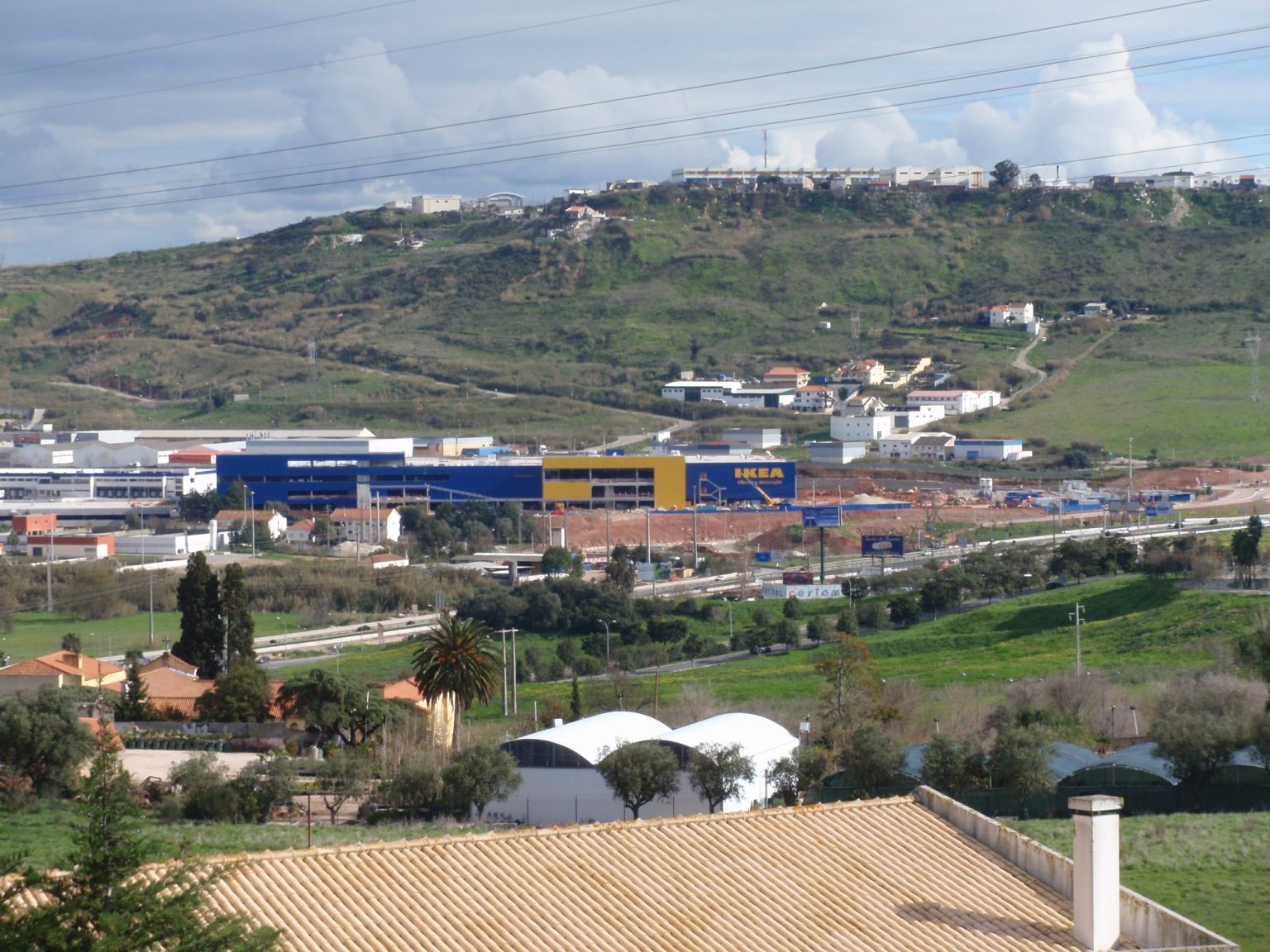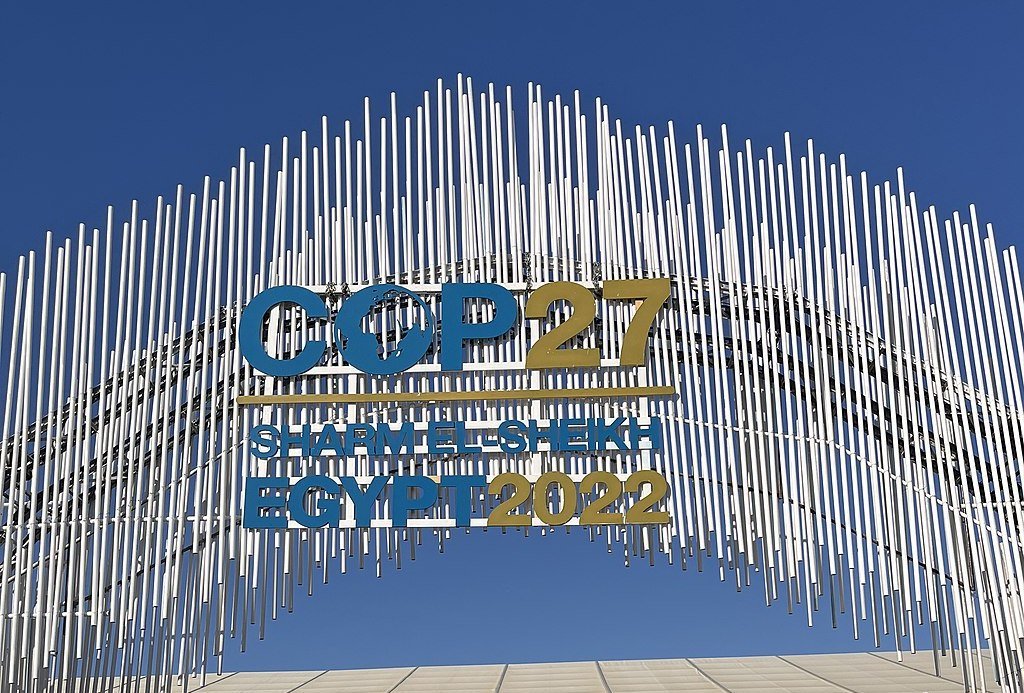We do not just live in a time of too much information. We live in a period of intense but often somewhat accidental misinformation as well as deliberate disinformation. Misinformation is false information. But it is spread unintentionally and without intent to cause harm. Disinformation is false information that is intentionally created and disseminated with the express purpose to cause harm. The motivations for those who create disinformation stem from profits, right-wing ideology, shoddy journalism, political passion, political partisanship, etc. Disinformation can come in various ways such as satire or misleading, manipulated, fabricated, impostor, false news etc. and can be disseminated via humans or bot.
Disinformation is the planned use of false information in order to deceive people. It is actually a Russian term popularised by none other than comrade Joseph Stalin – дезинформация or dezinformatsiya. It means black propaganda, a form of propaganda intended to create the impression that it was created by those it is supposed to discredit.
In 1923, the Soviet Union had its very own unique Disinformation Office. By the 1950s, the USA’s secret service started to appropriate the term. By the year 1985, disinformation appeared in Webster’s New College Dictionary. In the age of online platforms and platform monopolies, disinformation takes on five variations:
- Disinformation includes political lying to favour the course of right-wing politics;
- Disinformation attacks scientific findings and empirical evidence;
- Disinformation spreads fantasies like deep state;
- Disinformation invents and broadcasts conspiracy fantasies and alternative facts; and
- Disinformation creates fake news stories to inflame conflict and polarisation.
Political lying has a very long history from Hitler’s lie about Poland’s attack on Germany in 1939; in the USA there was lying about the Vietnam War and G. Bush’s lie of Weapons of Mass Destruction that enabled the Iraq war in 2003. Meanwhile, business (e.g. Enron, etc.) is notorious for lying about the Global Financial Crisis of 2008.
Corporations themselves consistently lie about cigarette smoking, asbestos, pesticides in the environment, sugar in food, as well as global warming. Much of these lies are accompanied by a strategically organised disinformation campaign. In recent years, the radical right has taken up the baton of disinformation, producing and sharing disinformation across several online platforms. Perhaps four suggestions can be made to combat disinformation:
- State regulation can target the negative impact of disinformation to minimise the harm caused by it;
- Such regulation should be proportional to the harm disinformation can cause;
- Successful regulation should be designed in such a way that it is able to adapt to changes in technology – online platforms – as well as the disinformation strategies used by those who spread disinformation; and
- Regulation on disinformation should be as independent as possible from political and corporate interference.
Since the world is still lacking any meaningful regulation on disinformation, the demand for disinformation is allowed to grow. Consequently, a growing number of people believe in alternative facts, emotional truths and conspiracy fantasies – particularly those who follow a Nietzsche-like, All Too Human, tendency to privilege information that is aligned to their prior beliefs.
The rising demand for disinformation has led to the industrialised mass production of a broad range of disinformation narratives circulating across various platforms. Typical subjects include global warming is a hoax, tax breaks for billionaires lead to a trickle down effect, the nanny state, the deep state, deregulation leads to innovation, etc.
Modern disinformation is part of a long history of propaganda or as one of the masterminds of propaganda calls it: public relations. In the late 1920s, Edward Bernays wrote, It was, of course, the astounding success of propaganda during the war that opened the eyes of the intelligent few in all departments of life to the possibilities of regimenting the public mind.
Today, our ruling elite believes that the mass – i.e., us – has to be guided and manipulated by those deemed intelligent. And it needs to do this in all departments of life. Today, mass consumerism and the gigantic apparatus of corporate media assures that Bernays’ manipulation mirrors the Roman bread and circus. Finally, the entire structure is set up, regimenting the public mind. In its final consequence, this means capitalism (blasphemers might call it the dictatorship of capital) can grant the masses – or as Le Bon would say The Crowd – access to democracy. This is for two reasons:
a) Work: The sphere of capital – production, manufacturing, companies and corporations and corporate capitalism itself – has been separated from democracy and the people have accepted this although they are made to believe they live in a democracy.
b) Democracy: Democracy is no longer a threat, because the global apparatus of mass media has incorporated the people into the system of capitalism. Just as Bernays says, regimenting the public mind has achieved total success. There is no rebellion, no revolution, not even trade unions that might challenge capitalism.
Beyond all that, Bernays continued by saying that his opinion-moulding of people demands engineers of consent. It is something which Edward Herman and Noam Chomsky later would call manufacturing consent. On those who do manufacture consent, Bernays wrote, those who manipulate this unseen mechanism of society constitute an invisible government which is the true ruling power of our country.
To eliminate even the mildest form of an alternative to those securing a pro-capitalist hegemony, i.e., the corporate media, one of the leading ideologues of the late 20th century – Friedrich Hayek – saw any public broadcaster that is not controlled by capital as a danger. Hayek included in his list of dangers not just state welfares and trade unions but also the government. Lurking behind Hayek is the fact that without the democratic control of a government, the free market can produce and transmit disinformation unhindered.
Translating the anti-democratic ideology of Hayek‘s political reality, Ronald Reagan dutifully deregulated – re-regulation in favour of business – the FFC so that the Republican Chairman of the Federal Communications Commission, Mark Fowler, was able to announce that a TV is just a toaster with pictures.
Later Bill Clinton deregulated telecommunication further so that concentrated media ownership could take place. It weakened community programming and most importantly “brought more right-wing content into the household” of the American people, as Lance Bennett writes in The Disinformation Age.
Paving the way for the radical right, demagogues like Rush Limbaugh emerged. His listeners peaked in the 1990s with 20 million Americans. This was the time (1996) when Murdoch started Fox News. Today, between 30% and 35% of all adult Americans receive right-wing news. Almost self-evidently, this has led to a decline in institutional trust accompanied by a deterioration in mainstream media confidence.
While Rupert Murdoch‘s Fox News (see: Outfoxed) is a money-making corporation, other right-wing outlets need the financial backing (e.g. Dark Money) of powerful and wealthy donors like the Mercer family and the Koch brothers of Kochland, also known as The Kochtopus. They work relentlessly on eight goals which read almost like Dante‘s catalogue of Hayekian demagogy. The eight goals of the radical right are:
- Expanding the ability of corporations to donate to right-wing politicians;
- Voter suppression targeting those deemed un-persuadable to the right-wing cause;
- Undermining and destroying trade unions;
- Eliminating environmental and consumer protection;
- Annihilating the last remnants of social security and the welfare state;
- Stacking courtroom with pro-business and right-wing judges;
- Destabilising confidence in science, facts and evidence; and finally,
- Corroding the credibility of mainstream media.
These efforts had shown partial success when, for example, the neoliberal magazine The Economist started to list the USA as a “flawed democracy”, in 2018. Contributing to the US democracy’s downfall are right-wing media like Fox, the Daily Caller, Sinclair Broadcasting, and YouTube’s PragerU. With that and certain echo-chambers and right-wing websites, newsgroups, etc., the radical right has established a distinct and somewhat insular community that links to each other, pushing conspiracy-mongering outrage.
This online reading and sharing population are highly concentrated and represents only a tiny proportion of the overall population. It centres around 65-year-olds who are mostly white, living in rural areas rather than urban areas, and conservative or staunchly right-wing. It is the demographic of Fox News and, in fact, no more than 8% of the USA’s population. They are confined into an ideological feedback loop of unconstrained propaganda, receiving belief-consistent news. Still, among the many right-wing news operations, Fox remains the most watched news program.
The aggressive anti-mainstream media stance of the radical right has been summed up by Breitbart’s Steven Bannon when saying, the way to deal with the media is to flood the zone with shit. Perhaps right-wing media outlets follow a mushroom strategy: keep them (their viewers and listeners) in the dark and feed them shit. Yet, flooding your opponents with disinformation is a distinct propaganda strategy.
Next to this, the rise of right-wing media came – perhaps not entirely accidental – at a time when mainstream media suffered a steep decline as news moved from print to online sites. In the US, the total employment figures for daily and weekly papers declined by a whopping 62% between 1990 and 2017 – from 455,000 to 173,900. Interestingly, by 2016, 72% of journalists who were still employed, worked in electorates won by Hilary Clinton. Simultaneously, the most massive decline in newspapers was experienced in areas where Donald Trump won.
In much of this, Trump’s preferred propaganda tool – Twitter – played a crucial role in spreading false rumours farther and faster and more broadly. Overall, we know that falsehoods are 70% more likely to be re-tweeted. This creates a propaganda feedback loop. What is pushed upon such platforms is no longer what is newsworthy, but what is popular as identified by machine algorithms. On YouTube, for example, 70% of viewing times are solely driven by algorithms.
Remarkably, 70% of US Republicans believe that fact-checking is biased. Sadly, most conservatives and the radical right also believe the Merchants of Doubt more than facts and fact-checking. They blindly follow the ideology of the free market which they – in a misguided delusion – believe to be a buffer against totalitarianism and tyranny. They follow the catechism of Hayek’s ideology to the letter without realising that it leads to the tyranny of market authoritarianism.
Right-wing media have succeeded in making their victims believe that the USA is on the verge of socialism. Yet, its – since Reagan – successively deregulated welfare state, according to the Economist Intelligent Unit, lags far behind Western European states. If anything, such delusions mark the triumph of right-wing propaganda.
Another triumph of right-wing propaganda is that polls show that a large percentage of the US population trust business more than the government. As Groucho Marx would say, once you can fake that, you’ve got it made. In other words, if you have achieved this level of propaganda, capitalism is fine.
Much of this is the result of the tireless work of the Koch network and entourage like the CATO Institute, Competitive Enterprise Institute, Acton Institute, and Heartland Institute (among others), various lobbying organisations euphemistically labelled think thanks, and George Mason University – a flagship enterprise.
As disinformation is one of the key elements of the radical right, people like Rush Limburg, John Stossel, Glenn Beck, Alex Jones, Stephen Bannon, Hannity, etc. become important. Apart from de legitimising even the last remnants of the welfare state while pushing neoliberal capitalism, the key objective is the sabotage of public discourse. The public sphere becomes gossip, rumours, personal attacks, entertainment and mere noise. These people are masters of this.
Yes, despite constructing a gigantic right-wing propaganda machine, there are also some mild successes. The Kyoto Protocol was signed in 1998, and Joe Biden has re-signed the Paris agreement only recently. Polls show that a massive 76% of Americans see themselves as environmentalists. Another poll showed that 65% do not trust business when it comes to action against pollution. Finally, 79% of voters think current environmental regulations are about right or not strict enough. Many people think global warming is an existential challenge.
On the downside, only 8 out of 278 Republicans in Congress were willing to acknowledge that climate change is human-made. In short, Americans look at a party that has turned its back on science at a time when doing so puts the very future of civilisation at risk. To assure that global warming is eliminated from the agenda, Republicans need to win elections at a time when it finds it harder and harder to win the so-called popular vote – this wasn’t the idea of democracy! As a consequence, Republicans and the radical right depend on voter suppression.
This is the time-honoured strategy of the radical right. Between 2011 and 2012, more than 180 bills were proposed in 41 US states to make voting harder. It requires photo identification; it sought to limit early voting; ended programs that provide automatic registration of high school students; and moved polling places to harder-to-reach locations. All this comes in a country – the USA – ranked 138th out of 172 democracies in its level of democratic participation.
Set against all this, is the late sociologist Erik Olin Wright’s four alternatives to capitalism: smashing, taming, escaping, or eroding. He argues that taming and eroding capitalist relationships offered the best prospects by reforming the existing system in ways that significantly improve people’s everyday lives (taming) while also creating alternative models to gradually replace commercial structures (eroding). Overall, five approaches can be identified to achieve such a project:
1) establishing non-distorted public option exchanges based on non-commercial and non-profit institutions that are supported by public subsidies. These can be well funded public media institutions and municipal broads and networks;
2) breaking the current media monopolies to inspire diversity and to curb the pathologies of profit-maximising;
3) regulating news outlets via public interest protections and public service obligations such as the ascertainment of society’s information needs;
4) enabling worker control of unionising newsrooms, facilitating employee-owned institutions and cooperatives, and maintaining professional codes that shield journalism from the intrusion of business; and finally,
5) nurturing community ownership, democratic oversight, and governance of newsrooms, and mandating accountability to diverse constituencies.
In sum, there are plenty of ways to counter disinformation. Leaving it up to the neoliberal’s free market – that is actually run by a handful of online monopolies – is not a solution. It is the reason why we are where we are, and we are bombarded with disinformation on a daily basis to ensure the success of the radical right.
Disinformation is the core of the radical right. Without disinformation, neither Mussolini nor Hitler would have existed. Without disinformation, there wouldn’t be much of a radical right to talk about. It would certainly not be strong enough to Storm the Capitol, killing five people only a few weeks ago.
This article was originally published at BuzzFeed.
The Barricade is an independent platform, which is supported financially by its readers. If you have enjoyed reading this article, support The Barricade’s existence! See how you can help – here! Also, you can subscribe to our Patreon page.
The Barricade also has a booming Telegram channel, a Twitter account and a YouTube channel, where all the podcasts are hosted.











